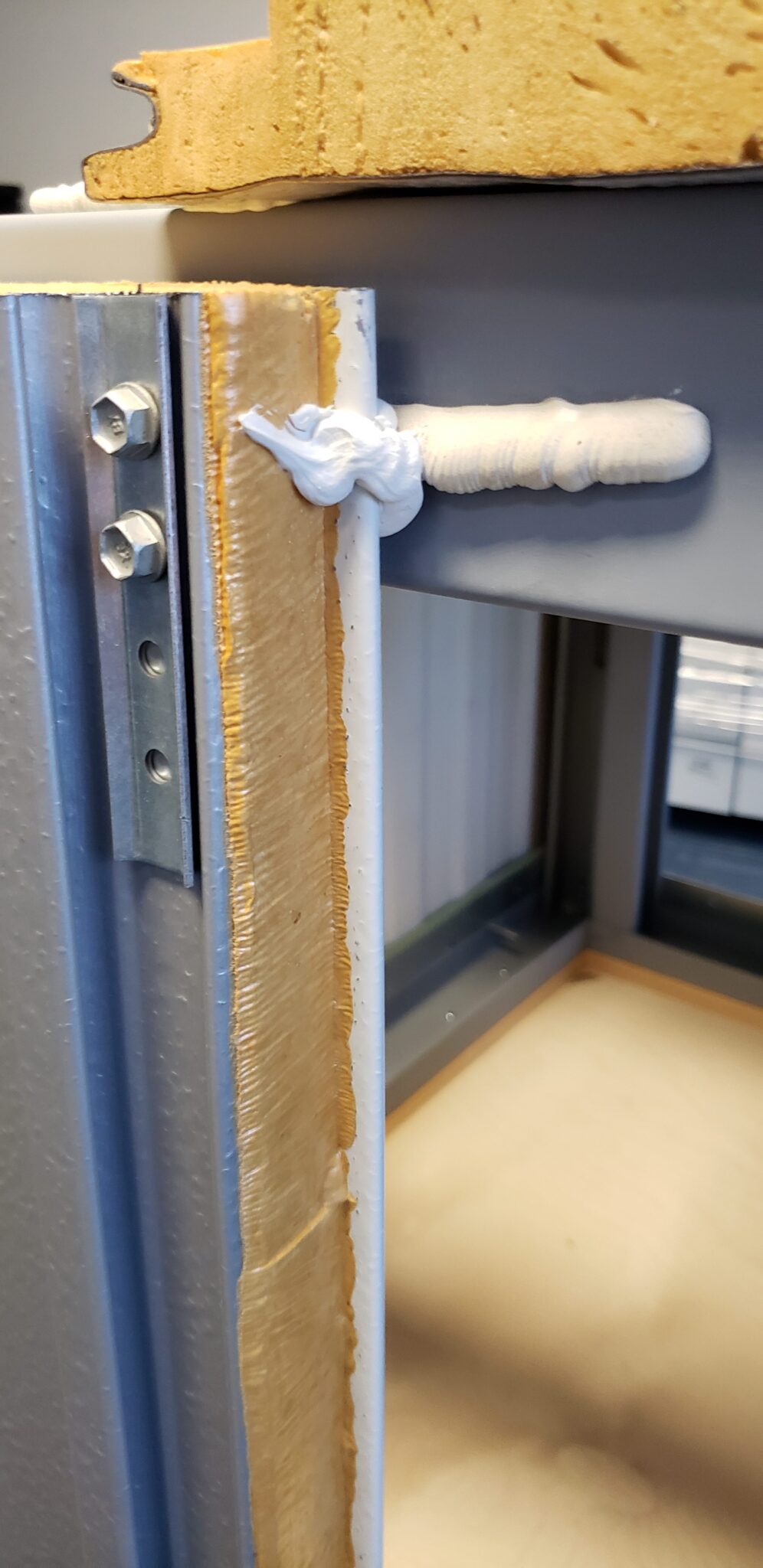UP TO THE MINUTE
6 strategies for maintaining metal buildings

By METALCON.
Get a longer lifespan out of a metal building by following a regular maintenance schedule.
Editor’s note: Share this guide with your customers who have metal buildings.
Whether it's in the form of a warehouse, an industrial factor or a commercial space, metal buildings are growing more and more popular. This rise to popularity is largely due to the durability, versatility and cost-effectiveness of the material. But it’s not as simple as installing and letting it sit. In order to get the optimal performance and lifespan from your metal building, you need to perform consistent and effective maintenance. The experts at METALCON have put together 6 steps you can take to take care of your metal and avoid costly repairs in the future.
1 – Inspect regularly
Having routine inspections conducted is the cornerstone of effective maintenance for metal buildings. Inspections should encompass both the exterior and interior components, including roofs, walls, foundations and mechanical systems. Look for signs of corrosion, leaks, loose fasteners and structural damage. Addressing minor issues promptly can prevent them from escalating into major problems.

2 – Clean the building
No matter what type of metal building you have, it is important to have it properly cleaned and washed. The benefits include extended life span for your building’s materials like galvanized steel or aluminum; improved appearance due to removal of dirt and grime buildup over time; better protection against rust corrosion because cleaning helps remove any corrosive elements that may cause damage down the road if left unchecked (e.g., salt from ocean air). Avoid harsh chemicals since they can deteriorate surface finishes which could lead to premature fading or oxidation.
3 – Check the roof
The roof is one of the most critical components of a metal building, providing protection against the elements. Have the roof regularly inspected for signs of damage, including rust, corrosion, loose fasteners and punctures. Have debris such as leaves and branches cleaned to prevent water pooling, which can lead to leaks and structural deterioration. Consider applying protective coatings or sealants to enhance weather resistance and prolong the roof’s lifespan (read more about sealants below).
4 – Maintain the HVAC system
Heating, ventilation and air conditioning (HVAC) systems play a vital role in maintaining indoor comfort and air quality within metal buildings. Schedule regular maintenance for HVAC equipment to ensure optimal performance and energy efficiency. Clean or replace air filters, inspect ductwork for leaks and lubricate moving parts as needed. Properly maintained HVAC systems not only enhance occupant comfort but also contribute to the longevity of the building’s interior components.
5 – Address rust issues
Metal buildings are susceptible to corrosion, especially in environments with high humidity or exposure to harsh chemicals. Implement corrosion control measures to mitigate the effects of oxidation and rust. This may involve applying protective coatings, galvanizing steel components or installing sacrificial anodes to divert corrosive elements away from critical structures. Regularly inspect metal surfaces for signs of corrosion and address them promptly to prevent further deterioration.

6 – Seal the building
While metal panels comprise much of the air and water barrier of a building envelope, to achieve a continuous layer of protection one vital component cannot be overlooked — proper installation of the appropriate sealant. When specifying a sealant for a metal construction application, the best practice is to follow the metal building component manufacturer’s recommendations, especially to attain weathertight warranties that may be available.
When a sealant is inadequate, significant failures can compromise the barrier resulting in water leaks, frost and ice accumulation and air and dust infiltration. To ensure a weathertight barrier, understand the sealant options available, as well as the performance capabilities of each. Generally, three major types of sealants are used in metal building applications: butyl, silicone and polyurethane. Additionally, polyether is a newer type of sealant that is gaining popularity.
Original article source: METALCON
Learn more about METALCON in their Coffee Shop Directory or visit www.metalcon.com.




















Comments
Leave a Reply
Have an account? Login to leave a comment!
Sign In